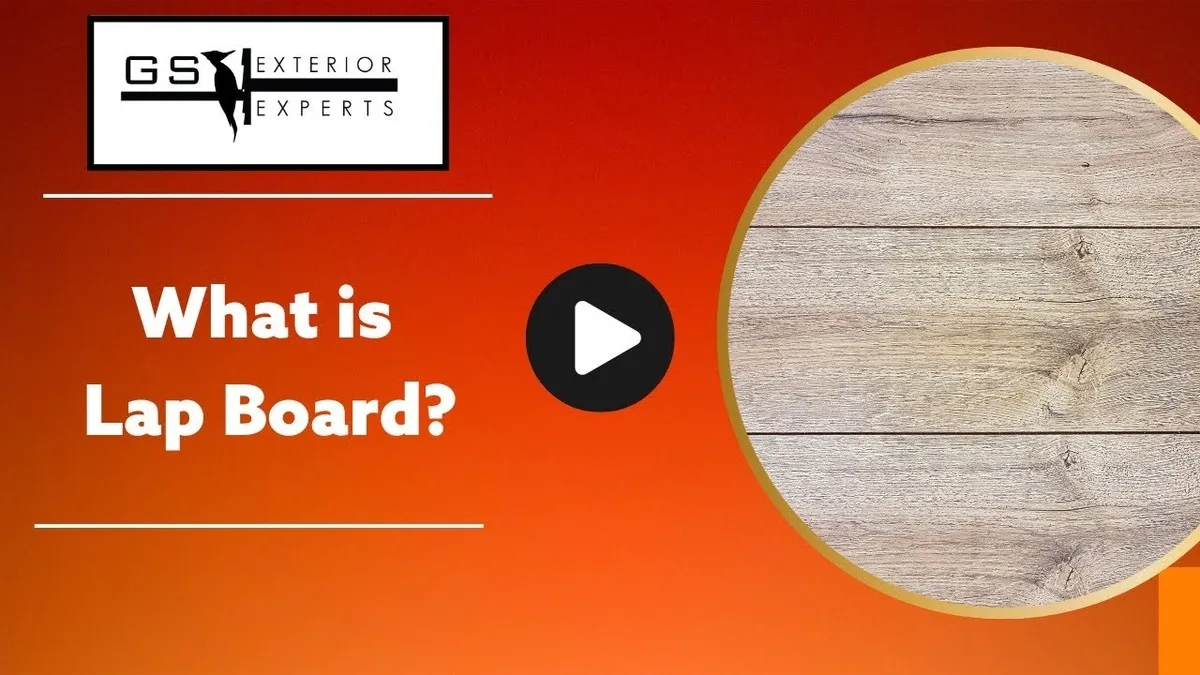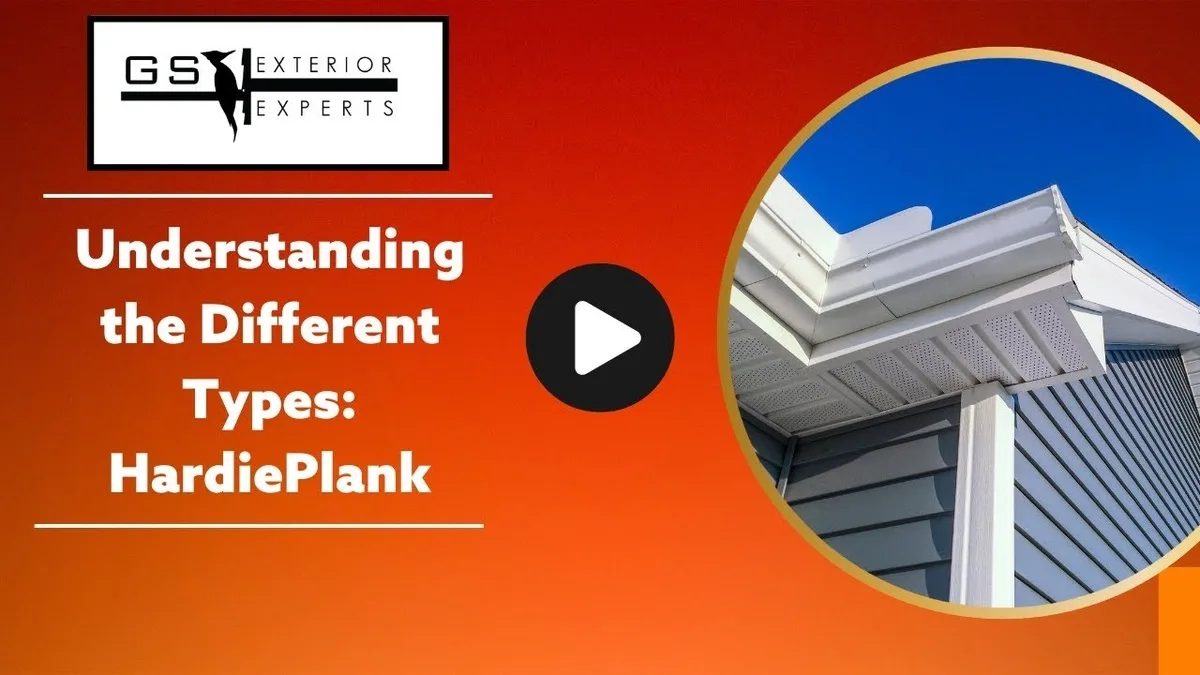James Hardie siding is the most popular brand of fiber cement siding today, and it’s easy to see why. There are many benefits to using James Hardie siding material as your exterior wall covering, from its natural ability to weather conditions with minimal care required on your part and because of how durable it truly is.
But what exactly is James Hardie siding made of? Is James Hardie siding good and how does it differ from other fiber cement siding brands? In this article, we’ll take a step-by-step look at the process of making James Hardie siding and discuss why it is such an excellent option for homeowners.
What is James Hardie Siding Made Of?
James Hardie siding is made from all-natural materials that have undergone rigorous testing to ensure they will endure weather conditions over time without fading or deteriorating.
The main components of James Hardie siding are cement, silica, cellulose fibers, and water. There are several proprietary additives as well.
The cement is responsible for giving the siding its strength and durability. The silica fibers give it a high melting point so it can withstand extreme temperatures without losing shape or color.
Cellulose fibers help prevent water absorption, leading to mold growth in an environment where moisture is present. The water is responsible for holding all of these ingredients together and giving the siding its flexibility. The proprietary additives help to prevent cracking, fading, and insect damage.
They are what makes James Hardie siding such a popular choice for homeowners because it helps improve durability, strength, and weather resistance.
Making James Hardie Siding: The Process
Here is a step-by-step guide to the making of the James Hardie siding:
Materials in Use:
- Cement
- Cellulose fibers (wood pulp)
- Water
- Additives
Making of the Wood Pulp
The first step in the James Hardie siding-making process is to make the pulp. To do this, they grind wood chips into a fine powder. This powder then undergoes treatment with chemicals, including sodium hydroxide (also known as lye), which helps break down some components and make it more usable as a building material.
The fibers are harvested from rapidly renewable trees, making them an environmentally-friendly choice for your home’s exterior.
Mixing Stage
The next step in the making of a James Hardie siding is to mix the pulp with water and cement in large tanks. This mixture then goes through high-pressure pumps and pipes to be released from nozzles.
Once the mixture is created, it’s ready to be pressed into boards. Send the panels to a factory where they’re cut to size and baked in large ovens called autoclaves at high temperatures.
Curing Stage
The next stage is curing the sheets in a 110-degree oven for several hours. This process allows the ingredients of James Hardie siding to cure and bind together. The curing stage is essential because it helps strengthen the fibers of your new James Hardie siding and ensures that it will last many years.
This process helps them become tough and durable, making the siding material suitable for exterior use.
The mixture transits through a moving belt that carries it to an oven, where it dries into sheets of fiberboard.
Final Stage: Creating the Final Product
Once the pulp is dry, rewet it and shape it into sheets of siding. It undergoes pressing by a giant machine that flattens it into thin sheets. The pulp goes through several layers before ending up as finished James Hardie siding. The machine adds moisture to each sheet, making them pliable again so you can press them between two steel plates.
Several layers of wet pulp are fed into the machine at once so that the final product has multiple layers. Each layer helps strengthen the siding. The different layers also have other purposes: one helps control expansion and contraction while another helps control moisture absorption. When the two combine, they create a stronger, more durable siding that will last for years, even in harsh conditions such as coastal areas or hot climates.
You can then cut the sheets to the size and shape of the siding panels you will install on your home. The last step in the process is adding a protective coating, which helps seal in moisture and makes cleaning your new siding easier.
The process is not entirely automated and requires a lot of human interaction, making it very labor-intensive, which can be very expensive.
The result is a finished product with several layers of paper and plastic, making it stronger and more durable than regular plywood or fiber cement. This makes it an excellent choice for any exterior siding project that will last.
Why Choose Jamie Hardie Sidings in your Exterior Siding Project?
James Hardie siding is made from all-natural materials that have undergone rigorous testing to ensure they will endure weather conditions over time without fading or deteriorating. This material is ideal for homeowners looking for a long-lasting solution that requires little maintenance.
The material is also resistant to mold and mildew, making it ideal for high-humidity areas. You can install a James Hardie siding on virtually any type of surface due to its flexibility and ability to conform to many different shapes.
The product is also easy to work with, making it an excellent choice for DIY projects. The siding comes in various styles and colors, allowing you to find the perfect match for your home. You can even choose from different profiles such as board, batten, or beveled.
Colorado’s extreme climate can make it difficult to find siding materials that will endure the elements. Fortunately, James Hardie siding is up for the challenge! For over twenty years GS Exterior Experts has been providing Coloradans with a reliable and long-lasting product – one they know won’t let them down in harsh conditions or otherwise.
How Does Jamie Hardie Sidings Differ From Other sidings?
The main difference is that James Hardie sidings use fiber cement, making it much more robust than a traditional wood product, which is why it’s so dominant in Colorado. The strength of the material makes it perfect for homes in areas prone to high winds or hail storms. It also holds up better than other types of sidings, such as vinyl and aluminum, when moisture and temperature changes are exposed.
James Hardie fiber cement siding is an incredibly strong and cost-effective material, making it a great choice compared to other materials that may be as strong but are much more expensive.
GS Exterior Experts: Exteriors Reimagined
As one of the nation’s top authorities on exterior remodeling, we understand how important it is for homeowners to have confidence in their contractor and their products. With this in mind, we make sure all our employees have extensive experience with James Hardie fiber cement products before they can install them on homes throughout Colorado.
This ensures that we do all of our exterior remodeling projects right the first time — and not just right, but following Colorado’s stringent building codes. With more than two decades of experience serving homeowners and businesses throughout the state, GS Exterior Experts has earned a reputation for delivering quality workmanship and products at every step of your project.
If you’re looking for the perfect exterior remodeling solution, look no further than our wide selection of James Hardie siding materials. We can help you find exactly what your home needs – from trim to full replacements – and provide expert advice on making sure it’s made with only the finest quality ingredients!
Contact us today to learn more about our exterior remodeling services or to schedule an appointment with one of our experts.




